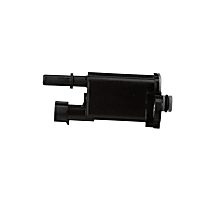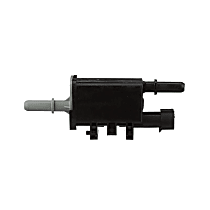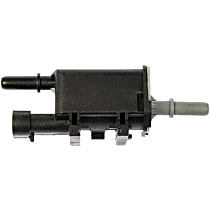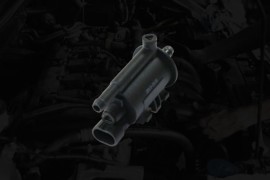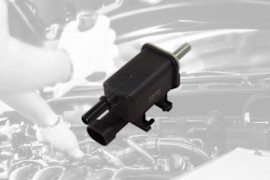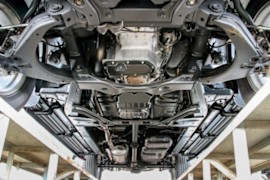{
"lazyNodes": false,
"abFitnotesFlag": false,
"abCrawlReviews": false,
"productOptionsCookie": false,
"orderDelayFlag": false,
"skipSessionCookie": false,
"covidMessage": false,
"fullTitleCookie": false,
"nrLoggerCookie": false,
"checkoutReviewCookie": false,
"productOptionSeqCookie": false,
"maintenanceFlag": false,
"bufferETACookie": false,
"multiShippingDiscountFlag": false,
"newFitmentFlag": false,
"surveyOptInFlag": false,
"crossSellFlag": false,
"skuMappingFlag": false,
"paySplitCookie": false,
"callDisableFlag": false,
"zipPaymentFlag": "u",
"hassleFreeReturn": false,
"lifetimeReplacement": false,
"cpn_off": false
}2010 Chevrolet Cobalt Vapor Canister Purge Solenoids
Shop Catalog
- 2010 Chevrolet Cobalt SS 4 Cyl 2.0L Turbocharged
![]() WARNING: This product can expose you to chemical which is known to the State of California to cause cancer and birth defects or other reproductive harm. For more information go to www.P65Warnings.ca.gov.
WARNING: This product can expose you to chemical which is known to the State of California to cause cancer and birth defects or other reproductive harm. For more information go to www.P65Warnings.ca.gov.
- 2010 Chevrolet Cobalt Base 4 Cyl 2.2L Naturally Aspirated, Without Bracket
- 2010 Chevrolet Cobalt LT 4 Cyl 2.2L Naturally Aspirated, Without Bracket
- 2010 Chevrolet Cobalt LS 4 Cyl 2.2L Naturally Aspirated, Without Bracket
- 2010 Chevrolet Cobalt LT Team Canada 4 Cyl 2.2L Naturally Aspirated, Without Bracket
![]() WARNING: This product can expose you to chemical which is known to the State of California to cause cancer and birth defects or other reproductive harm. For more information go to www.P65Warnings.ca.gov.
WARNING: This product can expose you to chemical which is known to the State of California to cause cancer and birth defects or other reproductive harm. For more information go to www.P65Warnings.ca.gov.
- 2010 Chevrolet Cobalt Base 4 Cyl 2.2L
- 2010 Chevrolet Cobalt LT 4 Cyl 2.2L
- 2010 Chevrolet Cobalt LS 4 Cyl 2.2L
- 2010 Chevrolet Cobalt LT Team Canada 4 Cyl 2.2L
![]() WARNING: This product can expose you to chemicals including Lead, which is known to the State of California to cause cancer and birth defects or other reproductive harm. For more information go to www.P65Warnings.ca.gov.
WARNING: This product can expose you to chemicals including Lead, which is known to the State of California to cause cancer and birth defects or other reproductive harm. For more information go to www.P65Warnings.ca.gov.
Top Rated Products
Popular Products

STANDARD VAPOR CANISTER PURGE SOLENOID
Revamp your ride with the advanced design, OEM-grade quality assurance and standard-setting performance offered by Standard’s Vapor Canister Purge Solenoid. Since 1919, Standard Motor Products has engineered a f...

DORMAN – OE REPLACEMENT VAPOR CANISTER PURGE SOLENOIDS
Dorman’s OE replacement vapor canister purge solenoids restore optimum siphoning of fuel vapors from your EVAP system to the engine. Since 1918, Dorman Products has supplie...
Product Questions & Answers
Related Parts


